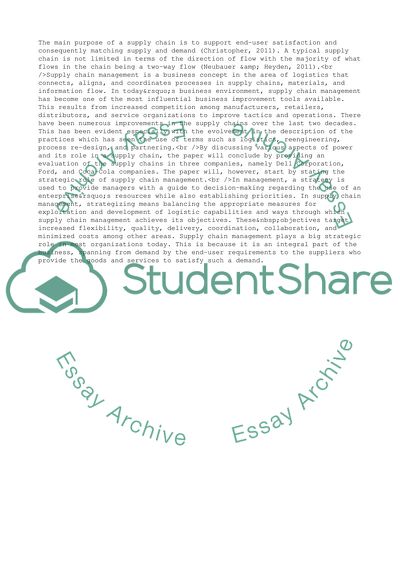Cite this document
(Power Dynamics within Supply Chains Coursework Example | Topics and Well Written Essays - 2750 words, n.d.)
Power Dynamics within Supply Chains Coursework Example | Topics and Well Written Essays - 2750 words. https://studentshare.org/management/1851840-analyzing-different-sectors
Power Dynamics within Supply Chains Coursework Example | Topics and Well Written Essays - 2750 words. https://studentshare.org/management/1851840-analyzing-different-sectors
(Power Dynamics Within Supply Chains Coursework Example | Topics and Well Written Essays - 2750 Words)
Power Dynamics Within Supply Chains Coursework Example | Topics and Well Written Essays - 2750 Words. https://studentshare.org/management/1851840-analyzing-different-sectors.
Power Dynamics Within Supply Chains Coursework Example | Topics and Well Written Essays - 2750 Words. https://studentshare.org/management/1851840-analyzing-different-sectors.
“Power Dynamics Within Supply Chains Coursework Example | Topics and Well Written Essays - 2750 Words”. https://studentshare.org/management/1851840-analyzing-different-sectors.


